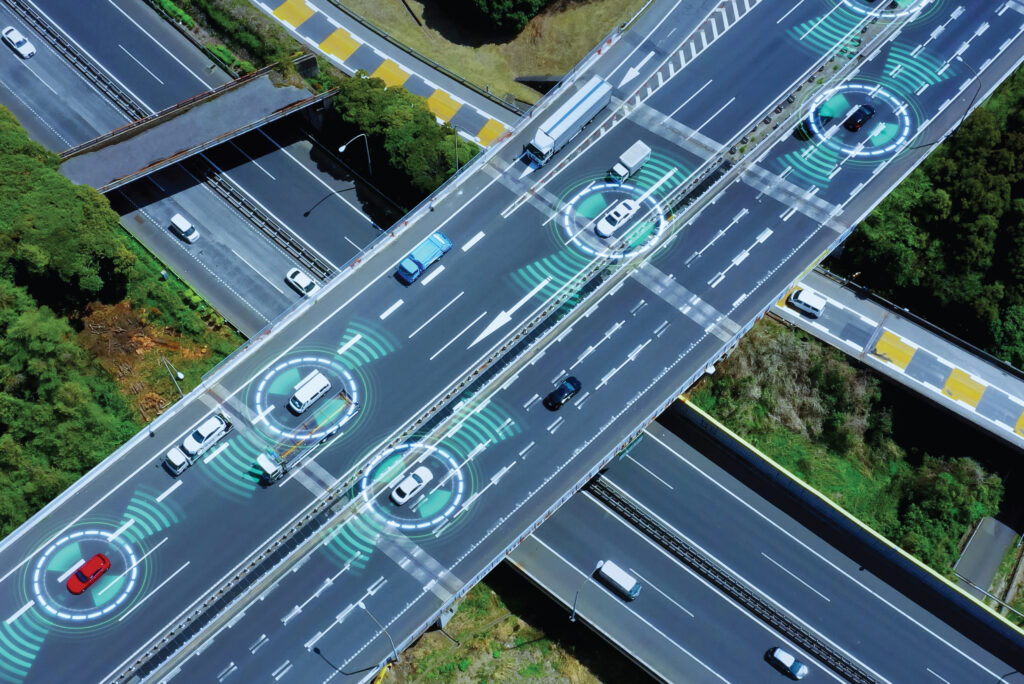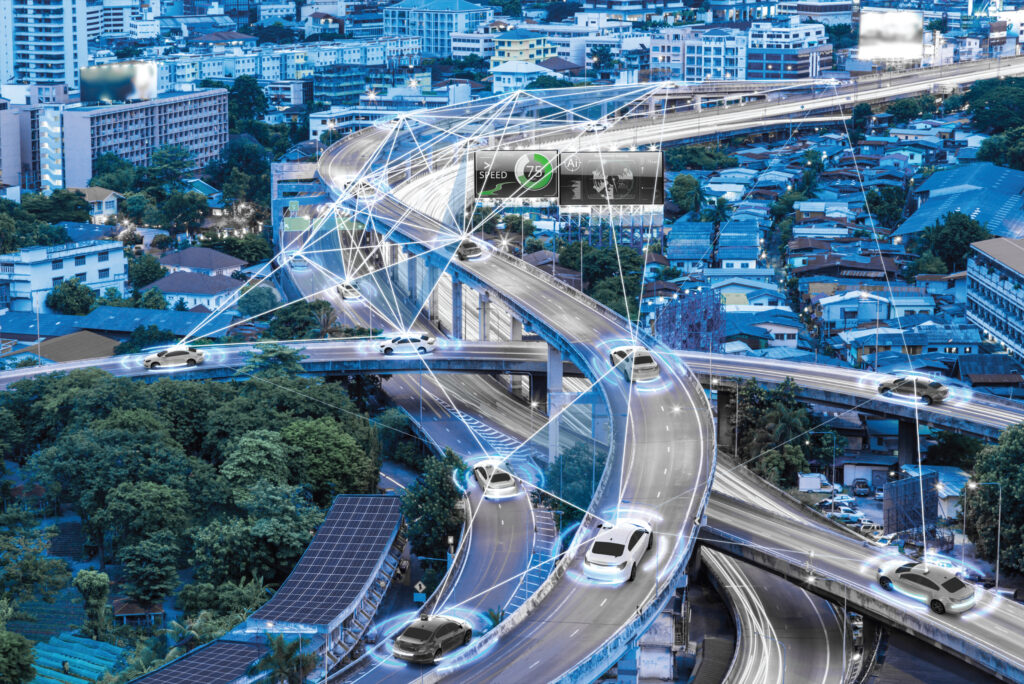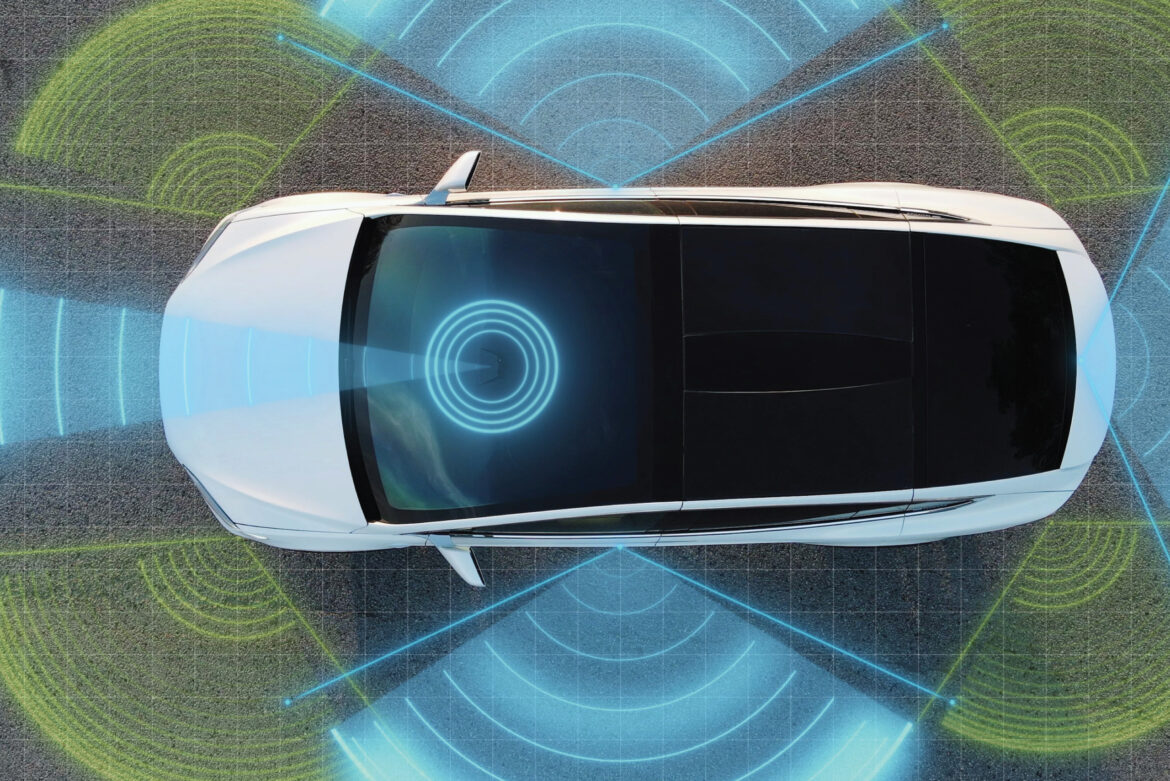In today’s fast-paced and advancing world, technology is transforming nearly every aspect of our daily lives—and the driving experience is no exception. Smart cars, equipped with cutting-edge technology, are revolutionizing how we drive, interact with our vehicles and even perceive the very act of being behind the wheel. From autonomous driving capabilities to enhanced connectivity, these vehicles are more than just modes of transportation—they’re evolving into intelligent, interactive systems that make our driving safer, more enjoyable and more efficient than ever before.
What is a Smart Car?
At its core, a “smart car” refers to a vehicle that is embedded with advanced technology to enhance safety, performance and convenience. Unlike traditional cars, smart vehicles are often equipped with connected features, autonomous driving capabilities and driver-assistance systems that work together to enhance the driving experience.
While smart cars vary in their specific offerings, many models on the market today come with advanced infotainment systems, real-time traffic updates, and even vehicle-to-vehicle (V2V) communication, which allows cars to talk to each other to prevent accidents. Some vehicles even include self-parking features and adaptive cruise control, which automatically adjusts speed based on traffic conditions.
1. Advanced Driver-Assistance Systems (ADAS)

One of the most imperative contributions of smart technology to modern vehicles is the development of Advanced Driver-Assistance Systems (ADAS). These systems are designed to enhance driver safety and ease the burden of driving by offering features like:
- Lane Departure Warning: Alerts you when your car drifts out of its lane.
- Blind Spot Detection: Monitors areas of your car’s blind spots to warn you of vehicles approaching from behind.
- Automatic Emergency Braking (AEB): Applies the brakes in case of an imminent collision, preventing accidents or reducing their severity.
These features are especially useful for new drivers and those navigating busy city streets, providing peace of mind and improving overall road safety.
2. Autonomous Driving: The Future of Driving?

While still in the early stages of development, autonomous driving technology is making crucial strides. Many smart cars now feature semi-autonomous capabilities, meaning they can handle some aspects of driving, such as maintaining speed, keeping within lanes, and avoiding collisions. However, full autonomy—where the car is able to drive itself without human intervention—is still under rigorous testing by companies like Tesla, Google’s Waymo, and several automakers.
The long-term goal of autonomous driving is to minimize human error, the leading cause of accidents. By using advanced sensors, cameras, and artificial intelligence (AI), autonomous vehicles can scan the environment and make decisions faster and more accurately than humans can. With the promise of reduced accidents and less congestion, fully autonomous cars could reshape transportation in the upcoming years.
3. In-Car Connectivity and Infotainment Systems
One of the most noticeable changes in modern vehicles is the inclusion of infotainment systems that keep drivers and passengers connected at all times. From voice-activated controls to in-car Wi-Fi, these systems help reduce distractions by enabling hands-free operation. Popular systems such as Apple CarPlay and Android Auto seamlessly integrate with your smartphone, allowing you to access music, maps, calls and messages without having to take your eyes off the road.
Additionally, with real-time traffic updates and route optimization, drivers can avoid traffic jams and find the fastest routes to their destination. Advanced navigation systems also provide detailed information about fuel stops, restaurants and even nearby attractions, making long drives more enjoyable and convenient.
4. Smart Parking and Vehicle Assistance

Another breakthrough in smart car technology is the development of smart parking systems and vehicle assistance features. Gone are the days of circling the block in search of a parking spot. Many new vehicles come with sensors and cameras that not only help you parallel park but also assist with self-parking, allowing the car to park itself with minimal input from the driver.
Moreover, smart parking systems are beginning to incorporate AI-driven technology, which can analyze real-time data to identify available parking spaces in crowded urban areas. As cities continue to grow, these technologies are expected to reduce the stress, time and energy spent looking for parking.
5. Enhanced Safety Through Connectivity
One of the biggest advantages of smart cars is their ability to communicate with other vehicles on the road. Vehicle-to-vehicle (V2V) communication technology enables cars to share information such as speed, direction, and location with each other, creating a “network” that can help prevent collisions. If a car suddenly brakes or makes a sharp turn, your smart car can alert you, allowing you to react faster than before and avoid an accident.
This type of connectivity extends to vehicle-to-infrastructure (V2I) systems, where cars communicate with traffic lights, road signs, and even parking meters. This improves traffic flow and makes driving in congested urban areas less stressful, helping reduce accidents and overall traffic-related problems.
6. Environmental Impact: Electric and Hybrid Smart Cars

Many smart cars are also electric or hybrid vehicles, offering a more sustainable option for environmentally conscious drivers. With advancements in battery technology, electric vehicles (EVs) have become increasingly practical for daily use, offering longer driving ranges and shorter charging times. The integration of smart energy management systems within these cars allows for optimized battery usage, contributing to reduced carbon emissions and helping drivers minimize their environmental footprint.
The Road Ahead: What’s Next for Smart Cars?
As technology continues to advance, the future of smart cars is promising. We can expect even more autonomous driving capabilities, AI integration, and 5G connectivity that will transform our cars into fully intelligent systems capable of navigating roads and communicating seamlessly with one another.
In the coming years, smart cars will likely become the norm rather than the exception, with increased safety, efficiency, and convenience transforming how we view driving. As technology evolves, so too will our relationship with our cars—making them more than just a way to get from one point to another.
The rise of smart cars marks an exciting chapter in the evolution of transportation. From safety enhancements to revolutionary driving technology, the impact of smart cars will only grow stronger. As technology continues to shape the future of mobility, smart cars promise to deliver a driving experience that is not only safer and more convenient but also smarter and more connected than ever before.

